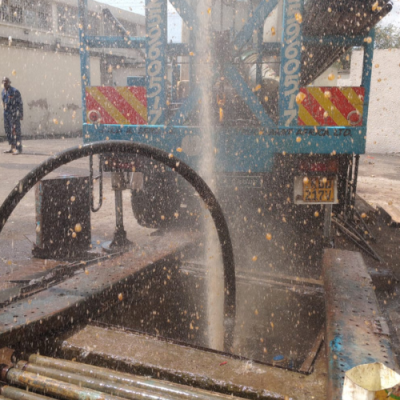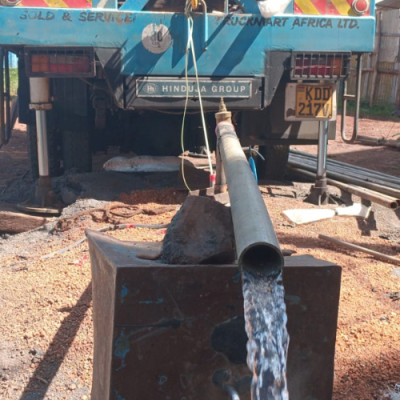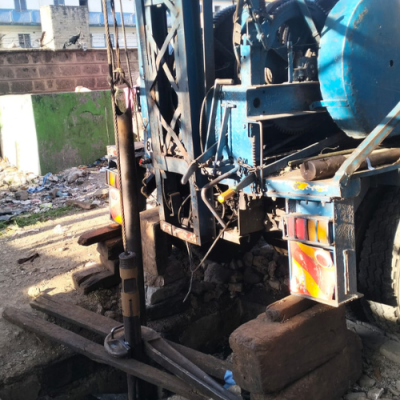Understanding the Borehole Drilling Process: Step by Step
From hydrogeological surveys to pump installation, borehole drilling is a technical but rewarding process. Whether you need water for a home, farm, or industrial project, understanding how the process works will help you plan effectively and make informed decisions. Here’s a simplified step-by-step guide to what happens during a typical borehole project.
🧪 1. Hydrogeological Survey
Before any drilling begins, a hydrogeological survey is conducted to determine:
Depth to groundwater
Soil and rock structure
Water quality and yield potential
This scientific assessment reduces the risk of drilling a dry or poor-quality borehole and guides the drilling team on exactly where to drill.
🛠️ 2. Mobilization of Equipment
Once the survey confirms water potential, a drilling rig and team are mobilized to your site. This includes:
Rotary or percussion drilling machines
Casing pipes and gravel
Support vehicles with water and fuel
Proper mobilization ensures the job is completed efficiently and safely, especially in remote or rough terrains.
🕳️ 3. Borehole Drilling
The actual drilling process begins, typically to depths of 50–300 meters depending on location. During drilling:
Cuttings are removed from the borehole
Temporary casing may be installed
Drilling fluid (mud) or air is used to stabilize the hole
Once the aquifer is reached, final depth is confirmed and drilling stops.
📦 4. Casing & Gravel Packing
After drilling, the borehole is lined with PVC or steel casing to prevent collapse and contamination. A gravel pack is inserted around the casing to:
Filter out sand
Support the casing
Improve water yield
A sanitary seal (clay or cement) is also added to protect the borehole from surface contaminants.
💧 5. Pump Testing
A 24-hour pump test is conducted to assess:
Water yield (flow rate)
Recovery rate (how fast the borehole refills)
Drawdown levels (drop in water level during pumping)
This data determines what type and size of pump is suitable for the borehole.
⚙️ 6. Pump Installation
Based on the pump test results, a submersible or solar pump is installed. This includes:
Pump and piping
Electrical control panels or solar inverters
Float switches, pressure tanks, and safety devices
Your borehole is now ready to deliver water to your home, farm, or facility.
🧪 7. Water Testing & Treatment
Water samples are taken for chemical and bacteriological analysis. If necessary, treatment systems like UV filters, chlorine dosing, or softeners can be installed.
🔄 8. System Integration & Handover
The borehole is connected to your water storage or plumbing system. You receive:
Test results
Completion report
Maintenance guidelines
The system is now fully operational!
✅ Summary: Why Understanding the Process Matters
Informed Planning: Knowing each step helps you budget and prepare.
Better Oversight: You can supervise the work more confidently.
Long-Term Reliability: Quality at every stage ensures your borehole lasts decades.
📞 Want to Start Your Borehole Project?
At Nibrotech Drilling Co. Ltd., we offer professional, transparent, and affordable borehole solutions across Kenya. With over 25 years of experience, we handle every step — so you don’t have to.
📲 Call +254 725 960 517 or Request a Free Site Visit to get started.
.




